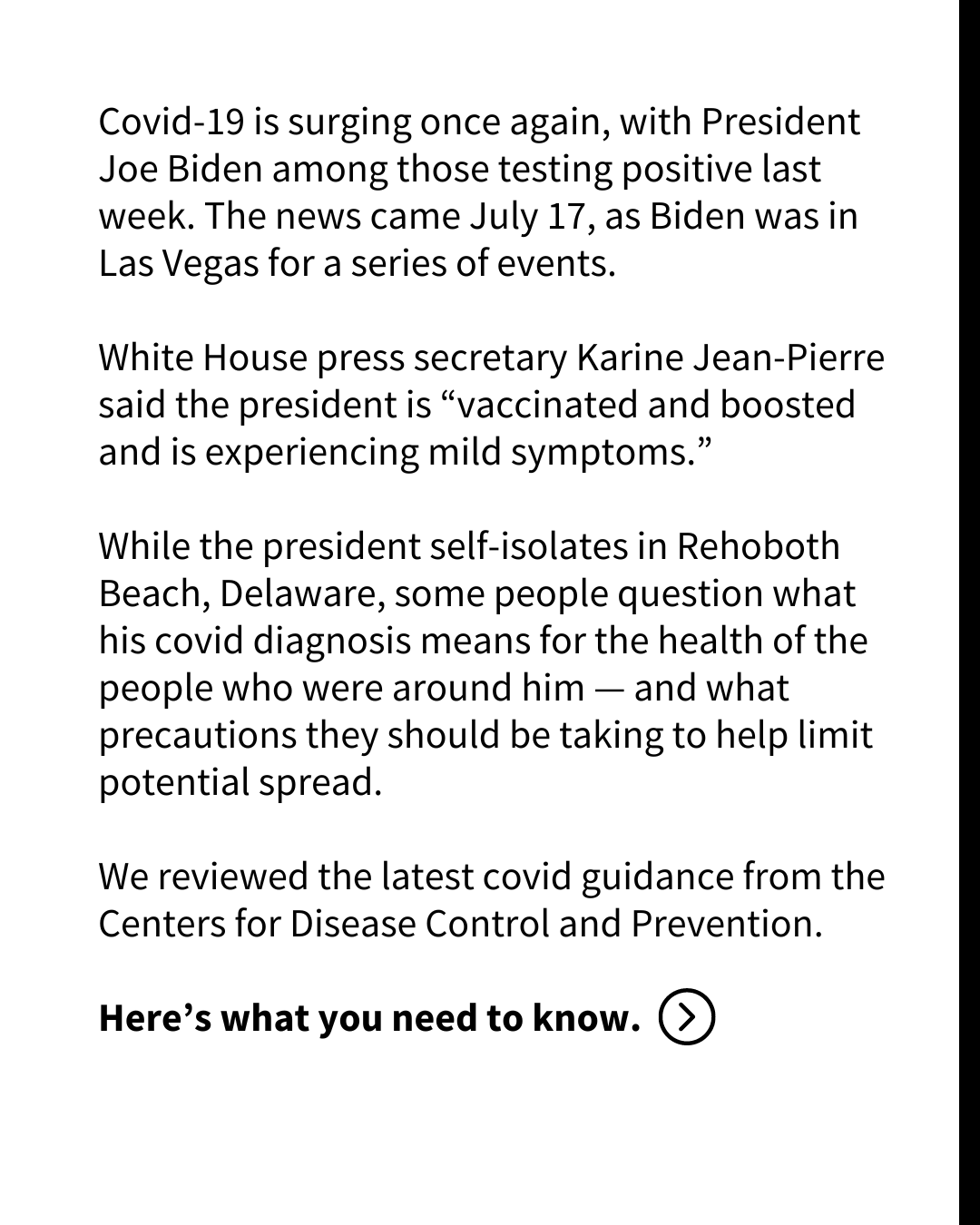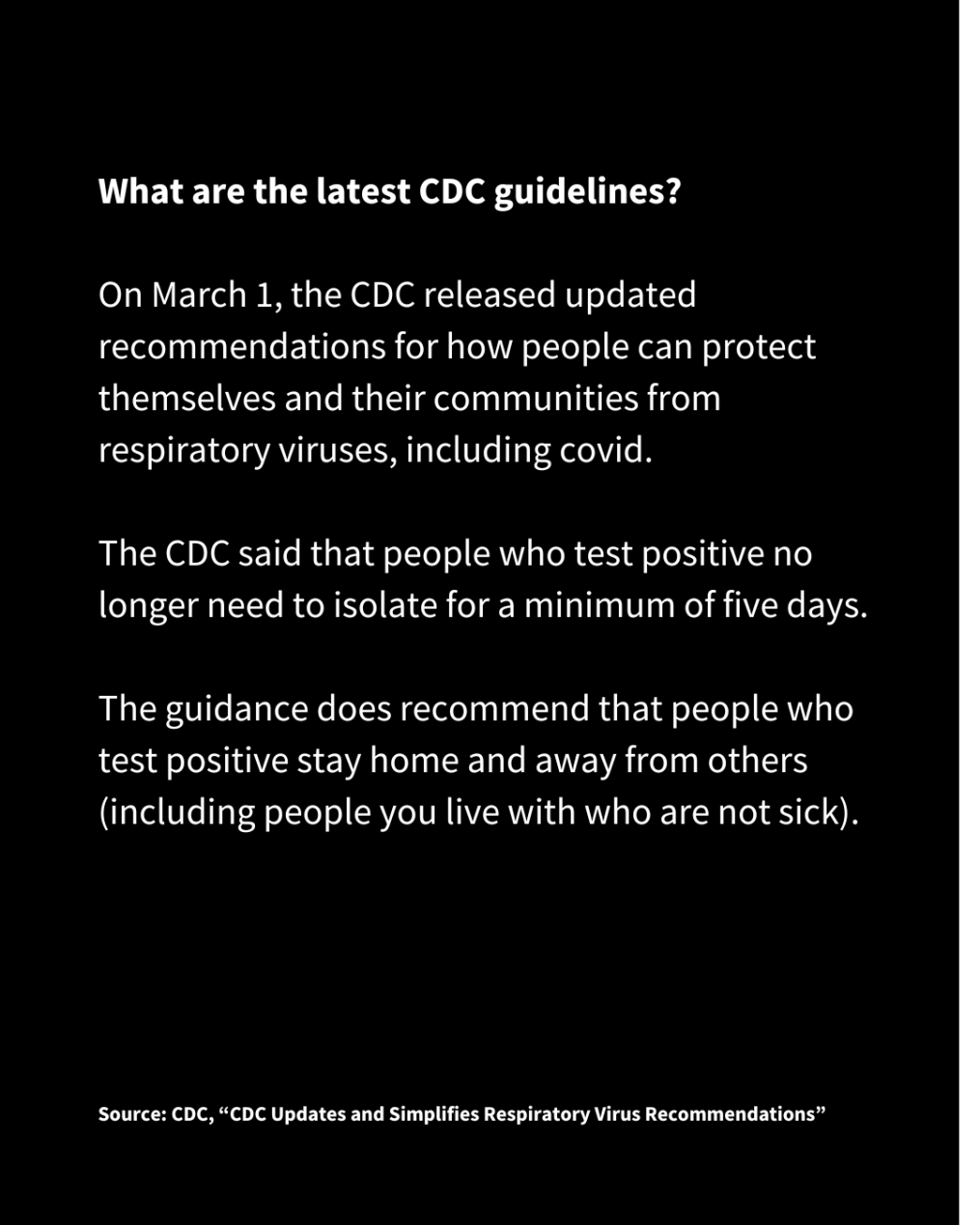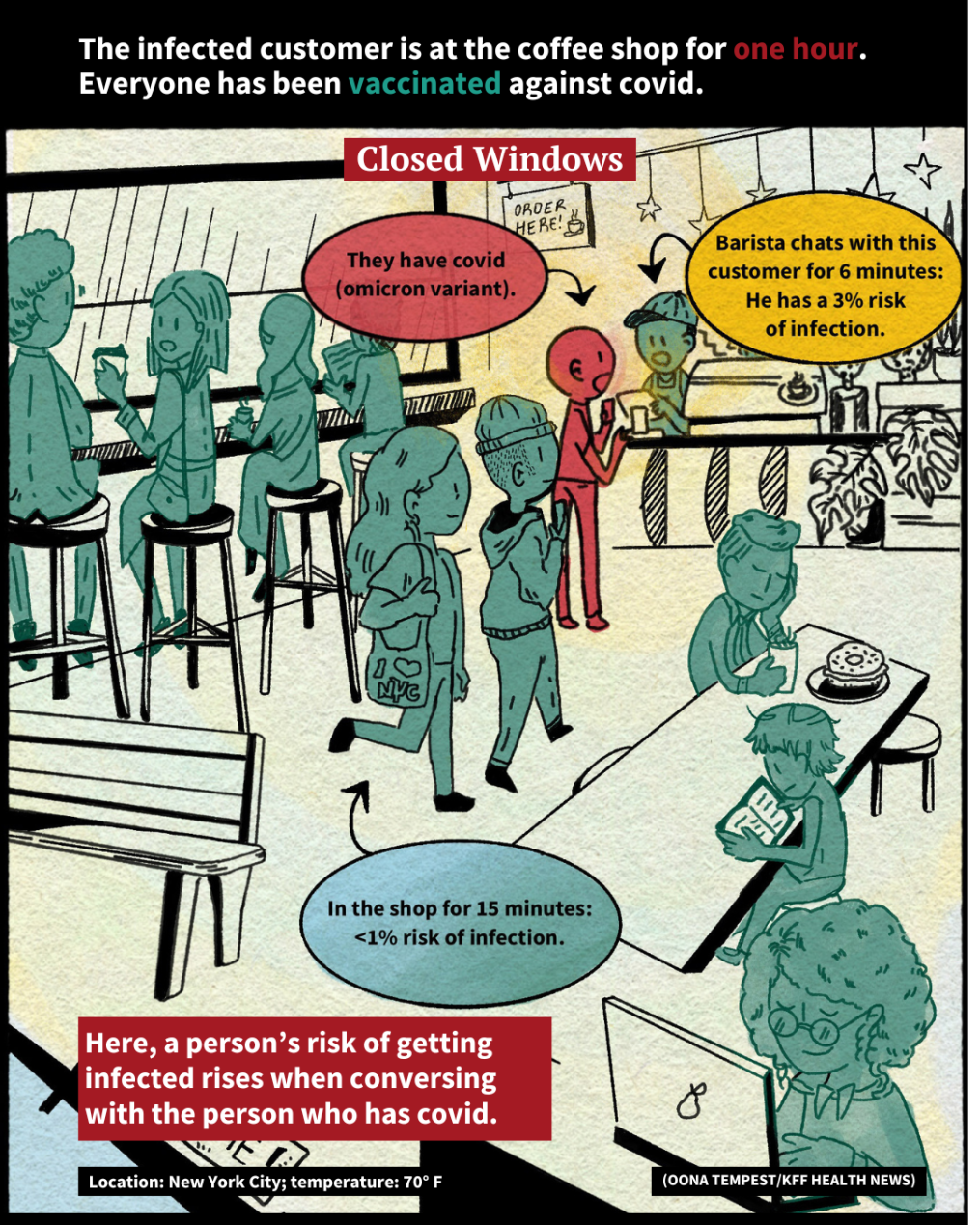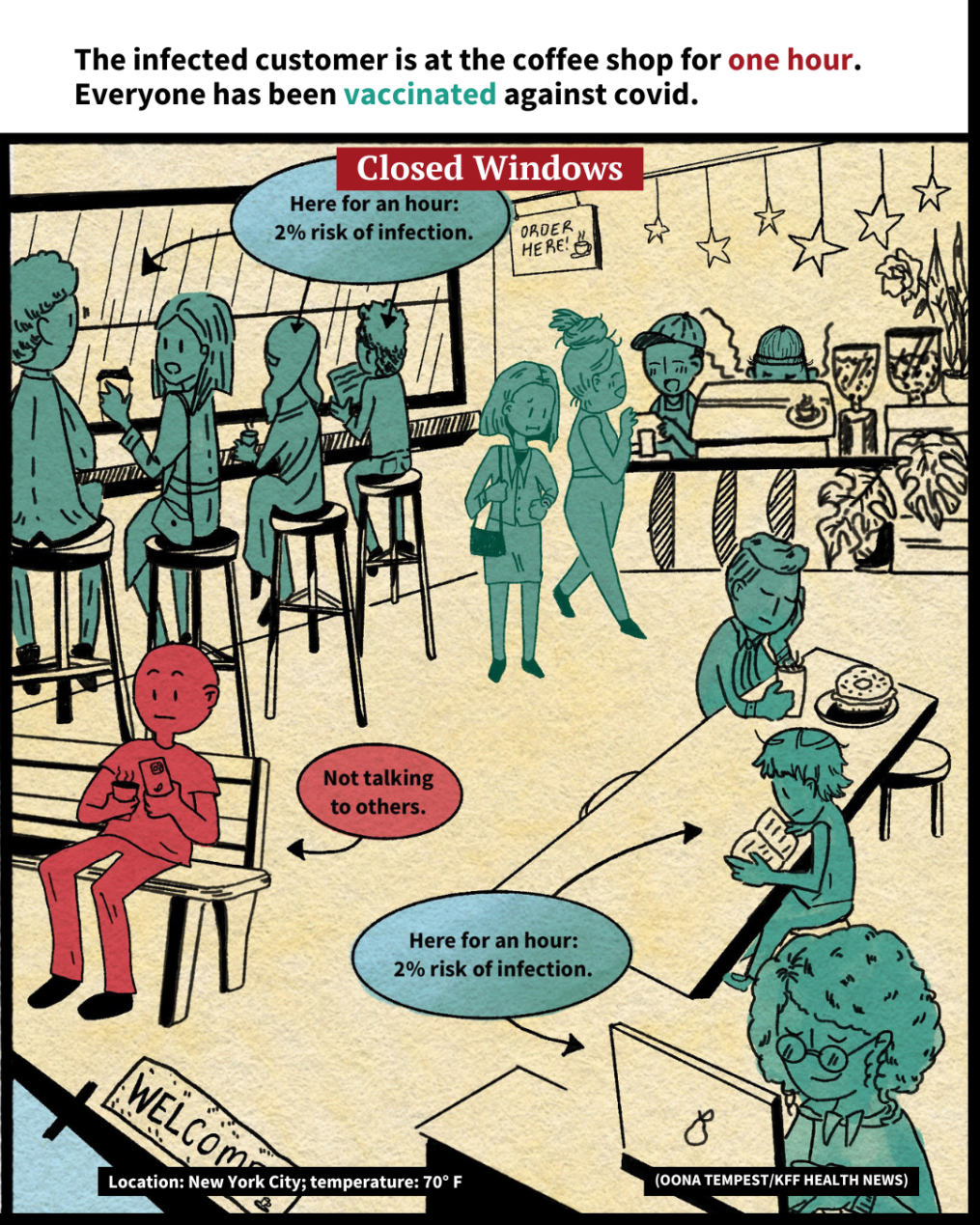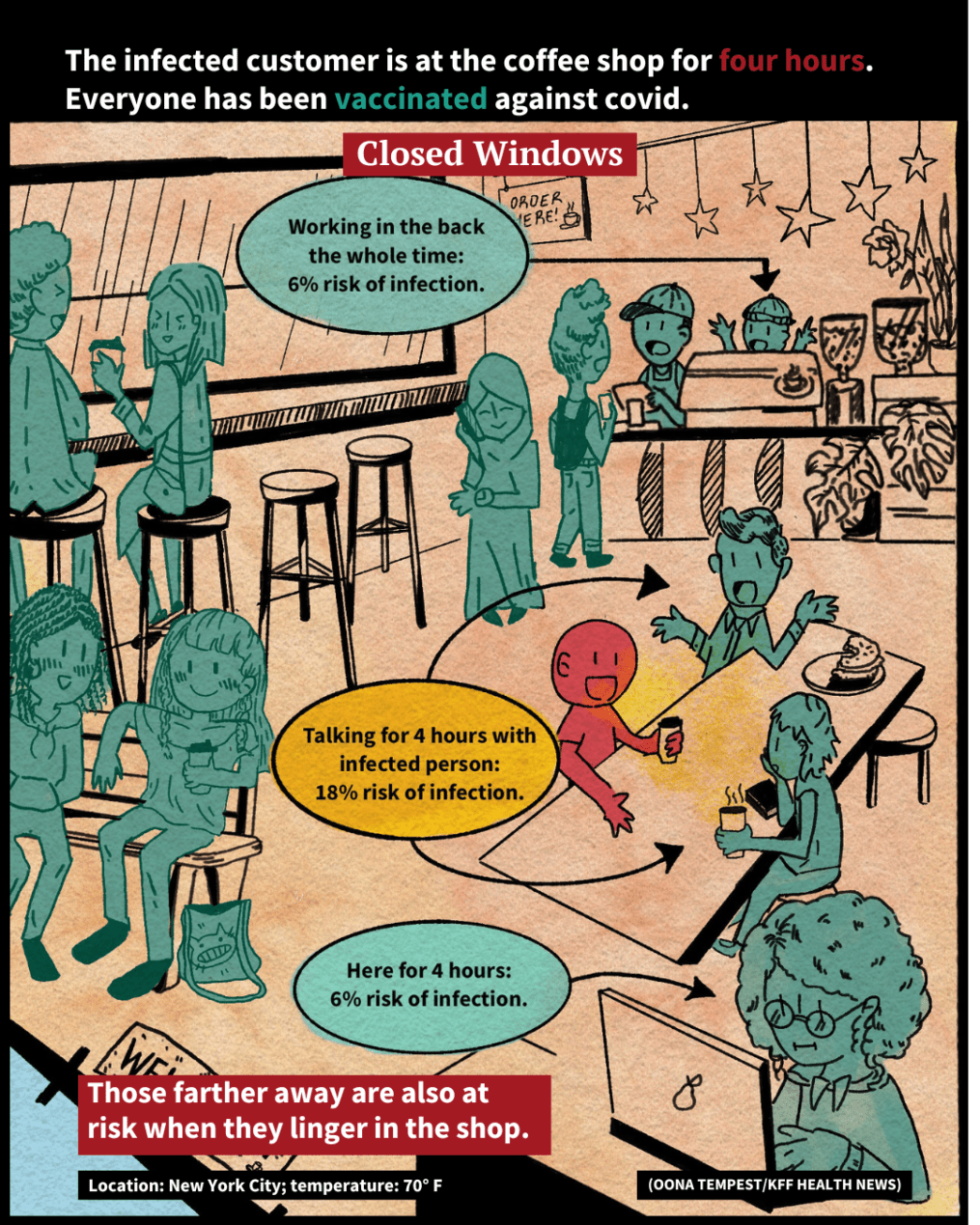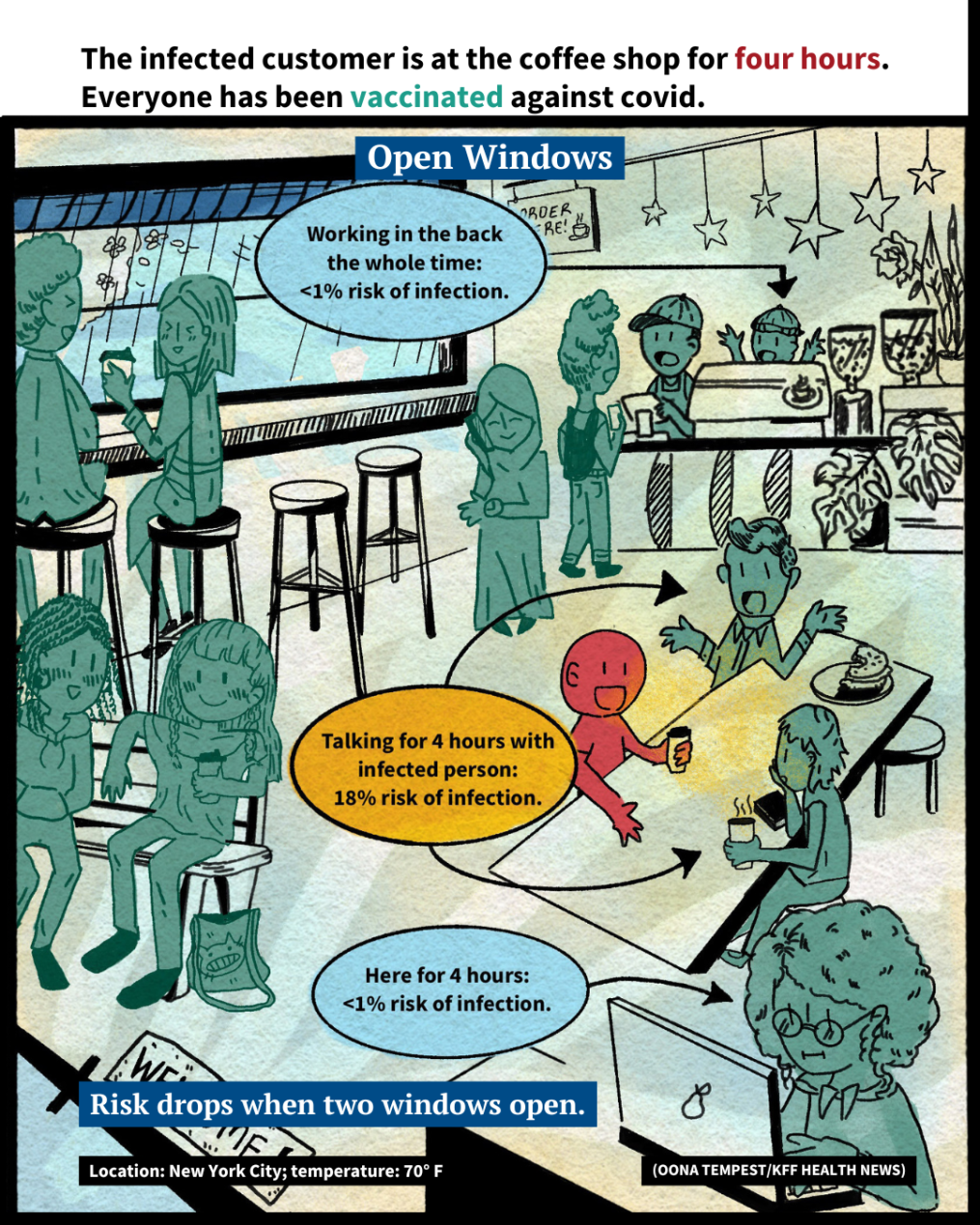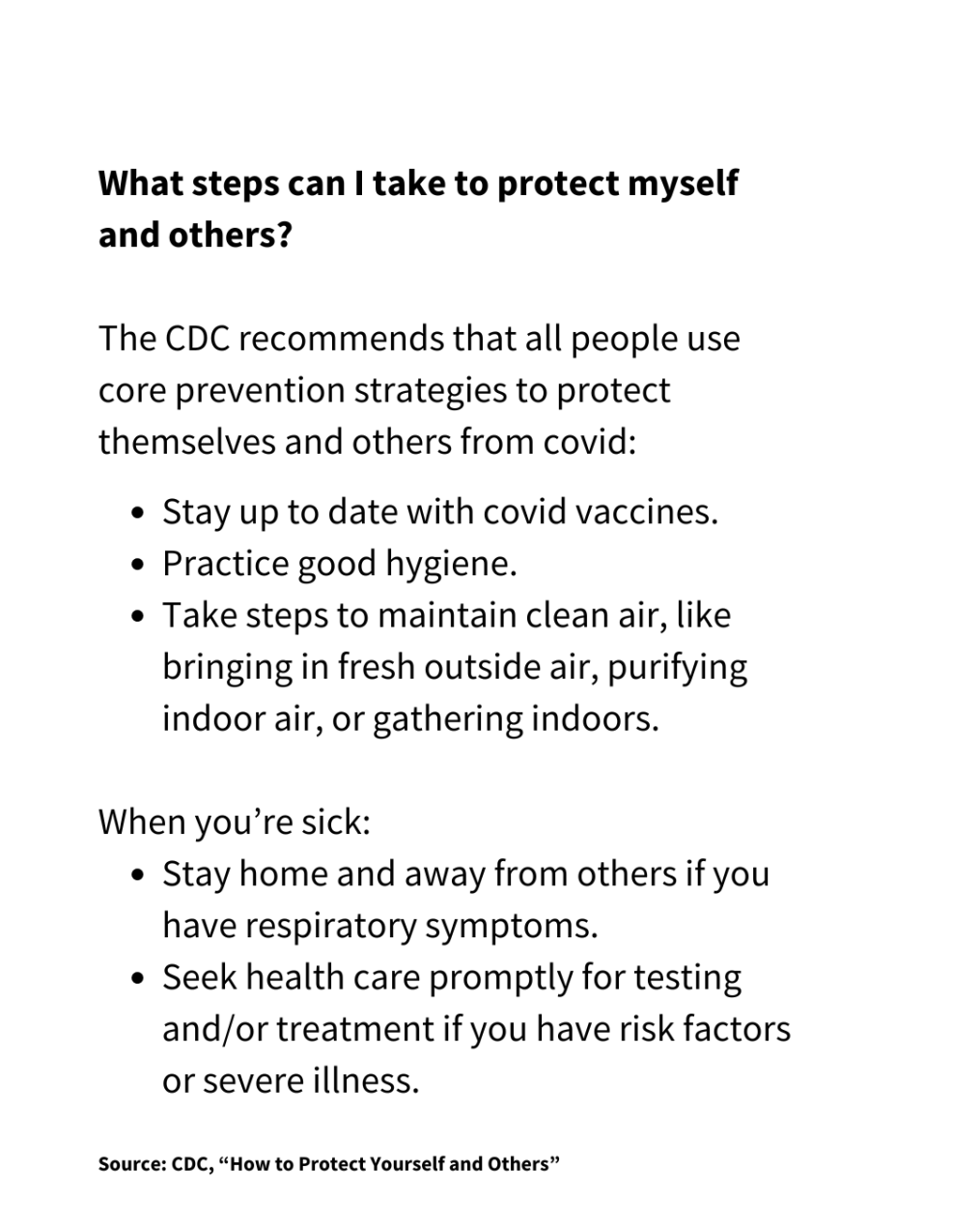This slide presentation first appeared on KFF Health News’ Instagram account. Click here to follow us on Instagram for more health policy news.
This article was produced by KFF Health News, a national newsroom that produces in-depth journalism about health issues and is one of the core operating programs at KFF — the independent source for health policy research, polling, and journalism.




